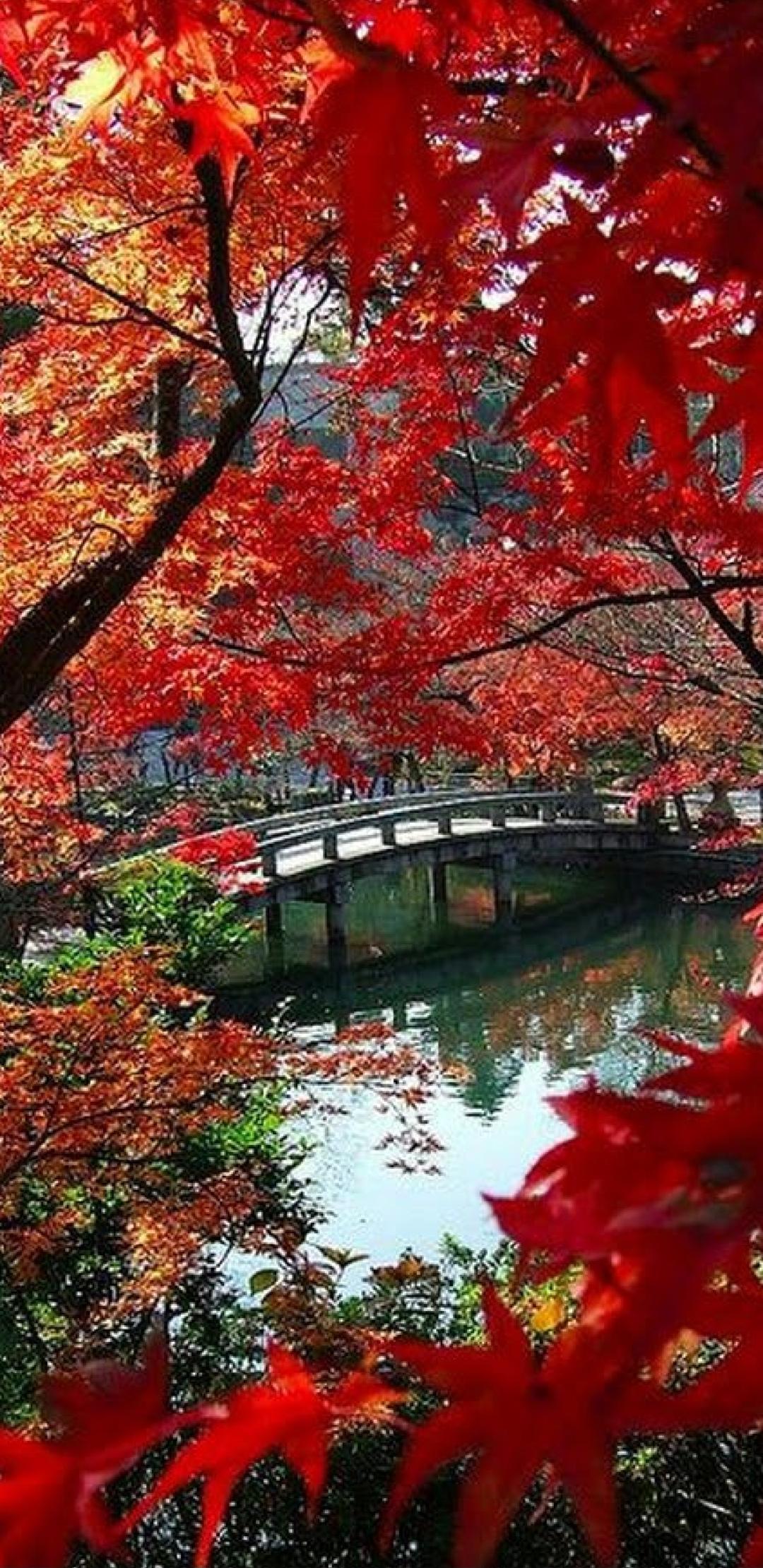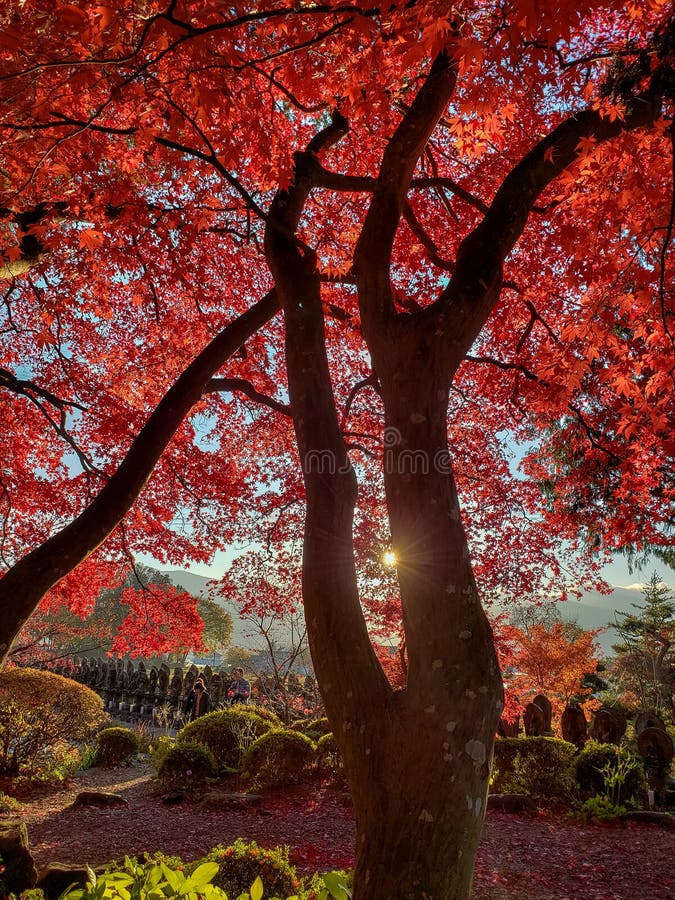

Leaf peeping in Japan is known as Momijiari, which translates to “red leaf hunting.” According to a Japan travel guide, this area “consists of several mountains, and among them Mount Kuju is the most impressive one that offers you to see striking fall colors in the fall.”Īutumn leaves have been a part of Japanese culture for thousands of years, showing up in poetry during the Nara period (710–794), and sought out by common people who journeyed to see them starting in the middle of the Edo period (1603–1868). The nearby Kuju Mountains might be a safer location to view fall color this year.

As of November 18, the Japan Meteorological Agency was still asking people to stay at least 1 kilometer from the mountain. This autumn, visitors were asked to keep away from Mount Aso-the largest active volcano in Japan-after an eruption on October 20, 2021, sent a plume of ash 3.5 kilometers (2.2 miles) high. Autumn in Japan 2023: Fall Foliage Forecast & Where to Enjoy the Colorful Leaves (+Tour Info) 1. Deciduous trees turn various shades of yellow, orange, and red the region’s grasses are known to turn a brilliant gold. It is not possible to know the exact sources of the color based on this satellite image alone, but it is likely a combination of evergreens, deciduous trees, grasses, shrubs, and agricultural fields. Colorful vegetation is visible across the mountainsides and lowlands in Aso-Kuju National Park. On November 29, 2021, the Operational Land Imager (OLI) on Landsat 8 acquired this natural-color image of north-central Kyushu, the most southerly of Japan’s four largest islands. But in the country’s more southern regions, colorful foliage can persist into early December.
#Autumn trees in japan full#
Prime autumn foliage in Japan generally shows up first in Hokkaido, the country’s northernmost region, where colorful leaves are usually in full display by mid- to late-September. But in Japan, some areas still displayed autumnal color in late November 2021. (last admission at 4:30 p.m.Leaves have already dropped from the trees across much of the Northern Hemisphere, and once-colorful autumnal landscapes are starting to appear stark, bare, and even snow-covered as the season advances.
#Autumn trees in japan free#
・Admission: 300 yen, 150 yen for those 65 and older, free for elementary school students and younger and junior high school students living or attending school in Tokyo. Japanese maple, wax trees, Japanese zelkova, and the many ginkgo trees are dyed beautifully from late November to early December, creating a particularly traditional Japanese scenery. The other one is the bridge called Togetsukyo behind the Kantoku pavilion, from which the view of the vivid maple trees is breathtaking. One is along the Oigawa River that was created to resemble Kyoto's Arashiyama. There are two viewing spots inside the garden that we'd like to recommend. (Photo: Getty) The best areas to stay in Sapporo are near Sapporo station and Susukino station. Over 380 meters long and consisting of 70 trees, it turns to golden yellow in autumn. One of Tokyo's oldest gardens, Korakuen, was built by the Tokugawa lord of the Mito domain in the early Edo period as a circular-style garden, featuring both a pond and a hill surrounded by a variety of trees that turn color in fall. One of the most famous trees in Japanese autumn is the ginkgo and there is a ginkgo avenue at Hokkaido University.


 0 kommentar(er)
0 kommentar(er)
